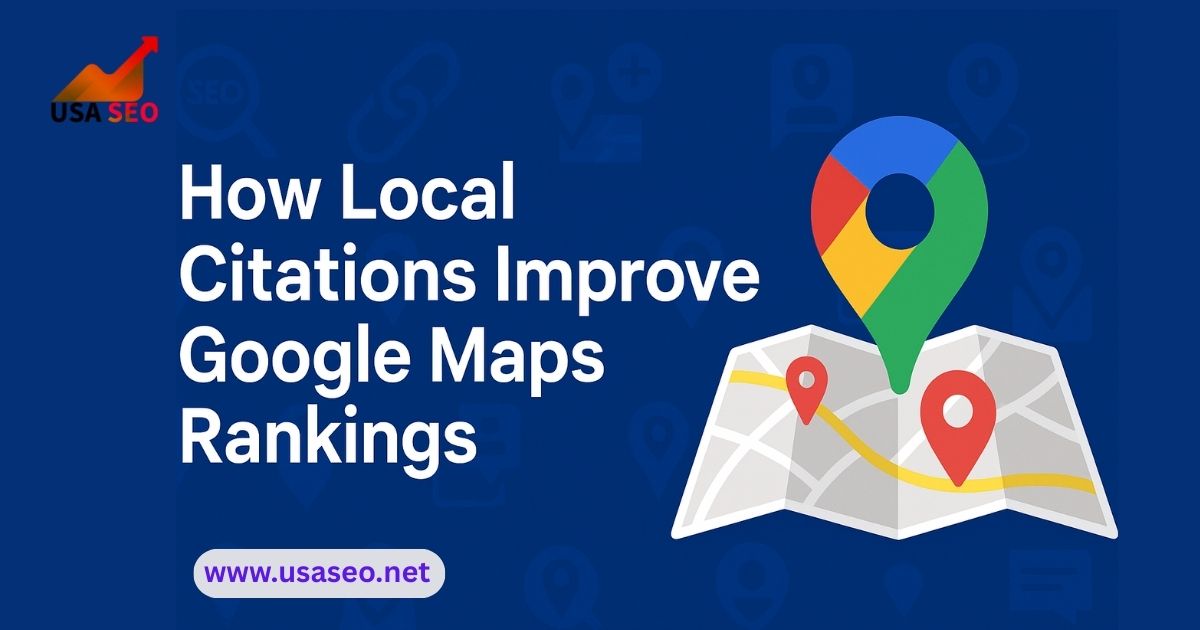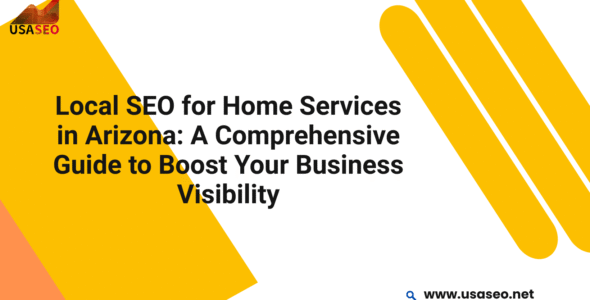When someone searches for a business near them, like “best plumber in Dallas” or “Italian restaurant near me,” Google often shows a Map Pack at the top of the results. Ranking in that Map Pack (or “Local 3-Pack”) can mean a major boost in traffic, phone calls, and revenue. But how do businesses earn one of those coveted spots?
Local citations are among the most powerful, yet often overlooked, factors.
In this guide, we’ll explain exactly what local citations are, how they influence your position on Google Maps, and what steps you can take to use them to improve your local visibility.
What Are Local Citations?
A local citation is any online mention of your business’s name, address, and phone number (NAP). These mentions can occur in:
-
Business directories (e.g., Yelp, Yellow Pages, Foursquare)
-
Social platforms (e.g., Facebook, LinkedIn)
-
Review sites (e.g., TripAdvisor, Angie’s List)
-
Map platforms (e.g., Apple Maps, Google Maps)
-
Data aggregators (e.g., Neustar Localeze, Infogroup)
Citations can be structured (in a listing format) or unstructured (in blogs or news articles). Regardless of format, the more consistent and widespread your citations, the more trust Google places in your business data.
Why Local Citations Matter for Google Maps Rankings
Google uses a combination of signals to rank businesses in Google Maps, including relevance, distance, and prominence. Local citations support all three:
📍 1. Relevance
Citations help Google understand what your business does and what categories it fits into.
-
When a listing includes categories and descriptions, it gives more context.
-
Keywords within citations (e.g., “roof repair in Miami”) support local relevance.
🧭 2. Distance
Citations reinforce your geographic location, which affects proximity-based search results.
-
Accurate address info ensures you’re shown in the right area on Google Maps.
-
Neighborhood or district mentions help with hyperlocal targeting.
🌟 3. Prominence
Prominence relates to how well-known or authoritative your business is.
-
The more citations across credible platforms, the more authoritative you appear.
-
Citations from high-authority directories (like Yelp or Better Business Bureau) carry more weight.
The Impact of Citation Consistency
NAP consistency is crucial. If your business is listed as “123 Main St” on Yelp but “123 Main Street” on Google, or if your phone number changes slightly between sites, it creates doubt.
Google loves uniformity:
-
Consistent NAP across platforms = higher trust = better rankings
-
Inconsistent data = confusion = lost visibility
Make sure every citation uses the same format. This includes punctuation, abbreviations, and even capitalization.
Citation Quantity vs. Citation Quality
Many businesses assume that more citations equal better rankings, but quality matters more than quantity.
🔑 Focus on:
-
High-authority directories: Google, Bing, Apple Maps, Yelp
-
Industry-specific directories: Healthgrades, Avvo, Houzz
-
Location-specific directories: Local chambers of commerce, city business indexes
-
Trusted aggregators: Infogroup, Acxiom, Neustar, Localeze
Avoid spammy or irrelevant citation sources—they can hurt your SEO rather than help it.
How to Build and Optimize Local Citations
Let’s walk through a proven, step-by-step approach to building citations that improve Google Maps rankings:
1. Start With a NAP Audit
-
Search your business name and check how it appears across platforms
-
Use tools like:
-
Moz Local
-
BrightLocal
-
Whitespark
-
-
Identify outdated or inconsistent listings
2. Claim and Verify Core Listings
Begin with the top-tier citation sources:
-
Google Business Profile – The most critical listing for Maps rankings
-
Yelp
-
Apple Maps
-
Bing Places
-
Facebook Business Page
Ensure all these listings are claimed, verified, and completed with:
-
Accurate NAP
-
Primary and secondary categories
-
Hours of operation
-
Photos and logos
-
Business descriptions with relevant local keywords
3. Build Citations on Trusted Directories
After the core platforms, build citations on:
-
Local directories (e.g., city/town business portals)
-
Industry directories (e.g., TripAdvisor, HomeAdvisor, Zocdoc)
-
General directories (e.g., Hotfrog, Superpages)
Each listing should be:
-
Accurate and complete
-
Optimized with a short description
-
Linked back to your website
4. Use Data Aggregators to Scale Citations
Rather than building dozens of citations manually, use data aggregators to distribute your info at scale. These include:
-
Neustar Localeze
-
Infogroup
-
Factual (now part of Foursquare)
-
Acxiom
These services push your business data to hundreds of smaller directories and apps, increasing your citation footprint.
5. Optimize with Keywords and Categories
-
Include target keywords in your business description (e.g., “affordable HVAC services in Denver”)
-
Choose the most relevant primary category
-
Add secondary categories when allowed
Be natural—don’t stuff keywords.
6. Monitor, Update, and Maintain
Citations aren’t “set and forget.” Changes to your business (e.g., new address, phone number, or rebranding) need to be updated across all listings.
-
Revisit your citations quarterly
-
Monitor for duplicates and errors
-
Use monitoring tools to catch inconsistencies early
Extra Tips to Boost Google Maps Visibility
Here are some additional tactics to amplify the impact of local citations on Maps rankings:
✅ Add schema markup (LocalBusiness) to your website
✅ Embed a Google Map on your contact page
✅ Encourage Google reviews from happy customers
✅ Get listed on voice search platforms like Alexa and Siri
✅ Create local landing pages for each service area
Common Citation Mistakes to Avoid
🛑 Inconsistent NAP across platforms
🛑 Listing in the wrong business category
🛑 Creating multiple listings for the same business
🛑 Ignoring reviews on citation platforms
🛑 Using low-quality, irrelevant directories
Mistakes like these can lead to ranking penalties or exclusion from the map results.
How Citations Influence the Map Pack (3-Pack)
The “Map Pack” refers to the top 3 local business listings shown alongside a map on a Google search. Here’s how citations help:
-
Reinforce your NAP and location, helping you appear in the right geographic area
-
Contribute to prominence, making your business appear more trustworthy
-
Support off-site SEO, which complements on-site SEO efforts
The businesses in the top 3 spots often have:
-
Dozens of consistent, quality citations
-
High ratings on platforms like Google and Yelp
-
A well-optimized Google Business Profile
-
A mobile-friendly website with local keywords
Final Thoughts: Why Citations Are Essential to Local SEO Success
Local citations play a foundational role in local SEO and Google Maps rankings. They’re not as flashy as ads or social media campaigns, but they quietly build trust, authority, and visibility for your brand.
To recap, effective citation building:
-
Boosts your chances of ranking in Google’s Local Pack
-
Increases your business’s credibility and visibility
-
Supports proximity, relevance, and prominence signals
-
Drives real leads from searchers ready to buy
Don’t underestimate the power of clean, consistent, and widespread local citations. They may just be the key to putting your business on the map—literally.
 My Account
My Account 


